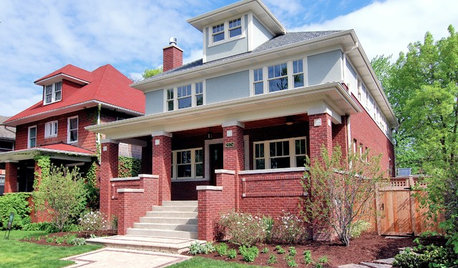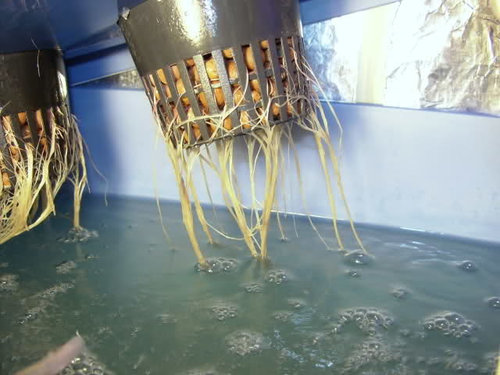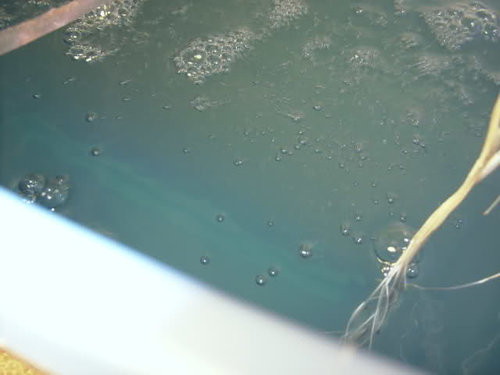Roots Turning Brown after Nutrient Change
qphase
15 years ago
Related Stories

LIFETurn Off the Video Games and Turn On Your Kid's Creativity
Going nuts planning summer activities? Kids overdosing on screen time? It may be time to foster more self-directed play
Full Story
ARCHITECTURERoots of Style: The Eclectic American Foursquare
The turn-of-the-20th-century style transitioned U.S. residential architecture from the Victorian era to the modern age
Full Story
LIFESlow Living 101: Tips for Turning Off the Chaos
It may feel as though you're too busy to slow down and enjoy life. But even little changes can have a big effect
Full Story
HOUZZ TOURSMy Houzz: Turning a Netherlands Barn Into a Country Home
Once a place for chilling milk, this Dutch home now lets the owners chill out in easygoing comfort
Full Story
ARCHITECTURERoots of Style: See What Defines a Craftsman Home
Charming features and intimate proportions have made Craftsman houses an American favorite. See their common details and variations
Full Story
MODERN ARCHITECTURERoots of Style: International Style Celebrates Pure Form
Using technology and materials of the time, International style is always current. See its expression in these 16 homes around the world
Full Story
ARCHITECTURERoots of Style: Prairie Architecture Ushers In Modern Design
Twentieth-century Midwestern architects gave us broad-shouldered homes inspired by the landscape and modern times
Full Story
ARCHITECTURERoots of Style: Midcentury Styles Respond to Modern Life
See how postwar lifestyles spawned a range of styles, including minimalist traditional, ranch, split level and modern shed. What's next?
Full Story
ARCHITECTURERoots of Style: Where Did Your House Get Its Look?
Explore the role of architectural fashions in current designs through 5 home styles that bridge past and present
Full Story
ARCHITECTURERoots of Style: Spanish Eclectic Homes Find a Place in the Sun
Flexible stucco, intricate tiles and more have kept this multicultural style going strong for a century
Full StoryMore Discussions









peat_0
grizzman
Related Professionals
Cottonwood Landscape Architects & Landscape Designers · West Chester Landscape Architects & Landscape Designers · Canton Landscape Contractors · Arlington Landscape Contractors · Barrington Landscape Contractors · Coram Landscape Contractors · Eagle Landscape Contractors · Hannibal Landscape Contractors · Lynn Landscape Contractors · Mendota Heights Landscape Contractors · Natick Landscape Contractors · Pacifica Landscape Contractors · Salmon Creek Landscape Contractors · St. Louis Landscape Contractors · Clearfield Landscape Contractorsproject_gardener
qphaseOriginal Author
Karen Pease
qphaseOriginal Author
grizzman
georgeiii
elgeezer
lucas_formulas
glen_gradley_co_uk
hardclay7a
jmoore3274
homehydro
hardclay7a
jmoore3274
hardclay7a
homehydro
homehydro
homehydro
hardclay7a
homehydro
jmoore3274
homehydro
hardclay7a
Josh Moore